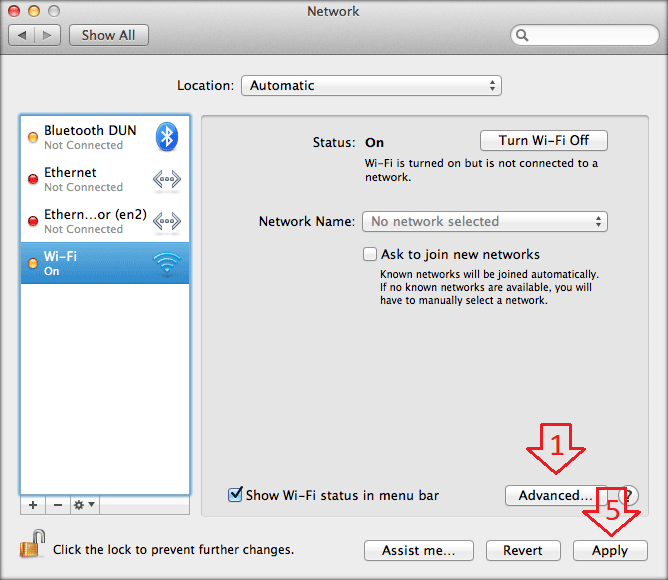Direct Connect Banking. Open Financial Exchange (OFX) is a unified specification for the electronic exchange of financial data between financial institutions, businesses and consumers using the internet. From my understanding, ARP translates an IP address into a MAC address, and then the computer uses the MAC address to establish a direct connection. If I already know the MAC address of the computer I want to connect to, is it possible to directly connect to it (without a router)?

If I already know the MAC address of the computer I want to connect to, is it possible to directly connect to it? Is there an example of this? You can connect at a low level and send packets to other machines on the same local network, but it'd be difficult to know what to put in those packets without knowing more about the protocols in upper layers. For example, there are network protocols other than IP that work over ethernet, and the drivers that implement these protocols do exactly what you describe -- they connect at a low level without knowing an IP address (because there is no IP address to know) and transfer data.
Direct Connect Forcepoint
That said, MAC addresses don't mean much outside the bounds of the local area network, so you need higher level protocols and routers that understand them in order to communicate with machines on other networks. @Colin Depends on the physical layer -- sometimes all the machines are connected to a single hub, as in 10baseT and similar; sometimes they're all connected to the same physical wire, as in 10base2, a.k.a. 'thin-net', sometimes they're not connected at all but all talk to the same hub, as in WiFi. But there are lots of different network technologies and the details vary from one to the next, so although ethernet is a good model to have in your head, don't imagine that it's the only way to do things.
Direct Connect For Quicken
– Feb 8 '16 at 9:01. IP addressing is at some level symbolic, usually relying on lower-level network protocols (with less hierarchic structure) to actually complete the transmission. On the IP level, each machine has (at least) one IP, in (at least) one subnet. Grasshopper for rhino for mac. It may also (and usually does) have a 'default gateway' (that is, an IP address through which it sends all packets going to somewhere other than a local subnet). Abstractly, a packet destined for a web port looks something like: [ethernet header][ip header][tcp header][payload] The ethernet header contains various control information, including the source and destination MAC addresses on the LAN. The IP header contains various control information, like source and destination IP and the encapsulated protocol (TCP, in this example). The TCP header contains various control information, various flags (what part of the session is this, what's the sequence number, source and destination TCP ports.) The payload is merely transmitted by TCP and 'only the application cares'.